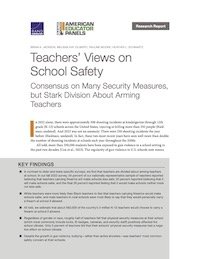By The Little Hoover Commision
California must improve and expand efforts to identify labor trafficking, the state’s independent government watchdog recommends in a new report.
In Labor Trafficking: Strategies to Uncover this Hidden Crime, the Little Hoover Commission calls for increased efforts to identify labor trafficking through better training, data collection, and public awareness. This is the Commission’s second report studying California’s response to human trafficking and builds upon the recommendation from its first report on the topic, released in June 2020, to create a statewide Anti-Human Trafficking Council.
“Too often, this heinous crime goes undetected, and those who have been preyed upon have nowhere to turn,” said Commission Chair Pedro Nava. “This horrible crime demands an aggressive response, and our recommendations will help California do just that.”
Labor trafficking occurs when employers use force, fraud or coercion to exert a level of control over workers that leaves them trapped in oppressive situations. It can occur in a variety of workplaces, including restaurants, construction sites, farm fields, and households, and is often very difficult to detect. Widespread unemployment due to the COVID-19 pandemic may contribute to the conditions necessary for labor trafficking to flourish.
The Commission’s report focuses on the obstacles that make it difficult to identify labor trafficking, including a lack of enforcement of anti-trafficking laws and a lack of familiarity about the issue among government officials and the public. The report also notes that the state’s primary focus has been on combatting sex trafficking, a focus that must continue but be expanded to include labor trafficking as well.
“We need to know where labor trafficking is occurring in California and who is being affected so we can direct resources to help victims and bring traffickers to justice,” explained Commissioner Cynthia Buiza, chair of the Commission’s subcommittee for the labor trafficking studies. “More information will mean a stronger state response.”
The report also notes the strides taken by state officials to combat and deter child sex trafficking and calls for similar investment in protections for child victims of labor trafficking.
“It is crucial that all children are protected,” said Commissioner Dion Aroner, a member of the study’s subcommittee. “Nothing is more important than ensuring that California’s youngest and most vulnerable residents do not fall prey to the evil of human trafficking.”
Report #251, September 2020; Sacramento: Little Hoover Commission, 2020. 30p.





















